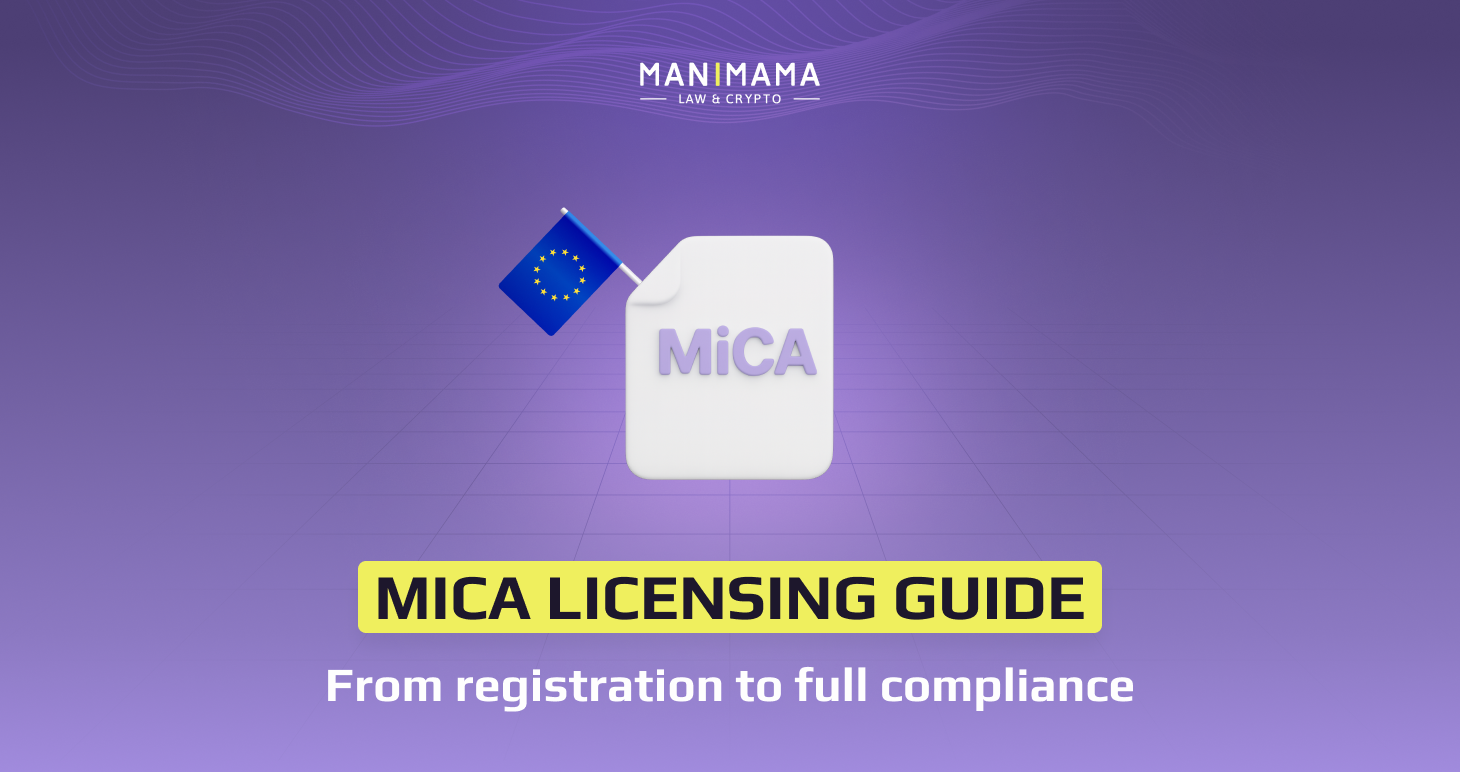
Cross-border reinsurance has always been a complex arena, but blockchain is quickly transforming the game. By bringing transparency and automation to the table, blockchain promises to eliminate many of the inefficiencies and headaches that have long plagued global reinsurance deals. But as any insurance veteran knows, innovation in this space is never just about tech – it’s about compliance, regulation, and making sure every move stands up to scrutiny across multiple jurisdictions.
Why Blockchain Is a Game Changer for Cross-Border Reinsurance
Let’s get tactical: traditional cross-border reinsurance transactions are notorious for their slow settlement times, opaque data sharing, and regulatory friction. Blockchain flips that script. With an immutable ledger at its core, all parties can instantly access the same data – claims history, premium flows, policy changes – without needing to reconcile records or trust third-party intermediaries. This shared source of truth doesn’t just streamline workflows; it actively reduces fraud risk and makes audits a breeze.
But here’s where things get really interesting: smart contracts on blockchain can automate compliance checks and reporting in real time. That means regulatory requirements like solvency margins or capital adequacy ratios can be verified automatically before a transaction is even finalized – no more waiting for manual reviews or risking non-compliance due to human error.

This isn’t just theory. Major players like Allianz and B3i have already piloted blockchain-based platforms that cut settlement times from weeks to hours while providing regulators with direct access to tamper-proof transaction logs (source). The efficiency gains are real – but so are the new challenges.
Navigating the Regulatory Minefield: Compliance Challenges
No two countries regulate insurance exactly the same way. Cross-border reinsurance means you’re dealing with a patchwork of licensing rules, data privacy laws, reporting standards, and solvency requirements. The Insurance Capital Standard (ICS) by the IAIS aims for global harmonization, but we’re not there yet; most reinsurers still need to juggle frameworks like Solvency II in Europe alongside local rules elsewhere (source).
The result? Compliance gaps that can expose companies to fines or even force them out of certain markets if they slip up. That’s why savvy reinsurers are doubling down on RegTech solutions – using AI-driven tools to monitor regulatory changes in real time and automate compliance across borders (source). Blockchain adds another layer here: its transparent ledger makes it easy for regulators to audit transactions instantly without waiting for periodic reports.
Strategic Moves: How Leading Reinsurers Are Tackling Compliance with Blockchain
Top 5 Blockchain Compliance Strategies for Reinsurers
-

1. Standardized Compliance Frameworks: Leading reinsurers like Swiss Re and Munich Re develop comprehensive compliance frameworks that align with global standards such as the Insurance Capital Standard (ICS) and Solvency II. These frameworks are designed to be flexible, allowing adaptation to jurisdiction-specific requirements and ensuring consistent regulatory adherence across borders.
-

2. Adoption of RegTech Platforms: Major players use advanced RegTech solutions—for example, Clausematch and ComplyAdvantage—to automate compliance monitoring, real-time regulatory updates, and reporting. These platforms leverage AI and machine learning to reduce manual work and minimize non-compliance risks in cross-border blockchain transactions.
-

3. Participation in Industry Consortia: Reinsurers actively join industry collaborations like the B3i (Blockchain Insurance Industry Initiative) to share best practices, develop interoperable blockchain solutions, and stay ahead of evolving regulatory expectations. These consortia foster knowledge exchange and collective problem-solving for compliance challenges.
-

4. Implementation of Robust Data Governance: Companies such as AXA and Guardtime enforce strict data governance policies to ensure compliance with international data privacy regulations, including GDPR. Blockchain’s immutable ledger, combined with advanced encryption and access controls, helps protect sensitive cross-border data and streamline audits.
-

5. Proactive Regulatory Engagement: Top reinsurers maintain open communication channels with regulatory authorities like the International Association of Insurance Supervisors (IAIS). Regular dialogue helps clarify expectations, seek guidance on new blockchain implementations, and demonstrate a strong commitment to compliance.
If you’re thinking about deploying or investing in cross-border reinsurance blockchain solutions, here’s what sets winners apart:
- Comprehensive Compliance Frameworks: Leaders create standardized frameworks that flexibly adapt to both international standards like ICS and local quirks.
- RegTech Integration: Cutting-edge firms pair RegTech with blockchain for automated monitoring and reporting.
- Industry Collaboration: Consortia like B3i help set best practices while opening doors with regulators worldwide.
- Data Governance: Robust policies ensure GDPR-level privacy even when data crosses borders on-chain.
- Proactive Regulator Engagement: Open lines with supervisors help anticipate rule changes before they hit the books.
The bottom line? Blockchain isn’t a magic bullet for regulatory headaches – but when deployed strategically alongside RegTech, it gives reinsurers unprecedented control over their compliance posture while unlocking massive operational efficiencies. Stay tuned as we dive deeper into real-world case studies and actionable playbooks in part two!
Real-World Impact: Blockchain Compliance in Action
Let’s get granular. When Allianz and B3i put blockchain to work, they didn’t just cut settlement times, they created a living, breathing compliance tool. Regulators could access immutable logs in real time, and every transaction was automatically checked against jurisdiction-specific rules before execution. This level of automation is a massive leap from the days of endless spreadsheets and retroactive audits. AXA and Guardtime’s health insurance pilot went even further, using blockchain to track claims across borders with a tamper-proof audit trail, no manual reconciliation needed (source).
But it’s not just about speed. Blockchain’s transparency means disputes drop dramatically, everyone sees the same data, so there’s nowhere for errors (or fraud) to hide. For reinsurers used to wrangling data from dozens of counterparties in as many countries, that’s a game-changer.
Key Regulatory Hurdles: Data Privacy and Cross-Border Transfers
Here’s where things get tricky: data privacy laws. The immutable nature of blockchain is both a blessing and a curse. While it guarantees records can’t be altered or deleted, it also creates challenges when jurisdictions require the right to be forgotten or restrict cross-border data flows (think GDPR in Europe or China’s Cybersecurity Law). Any reinsurer going global on-chain must bake robust data governance into their architecture from day one, encryption at rest, permissioned access layers, and jurisdiction-aware smart contracts are now non-negotiable.
This is why leading firms are investing heavily in hybrid solutions that combine public blockchains for transparency with private components for sensitive data management. It’s all about balancing regulatory demands with the operational upside blockchain delivers.

The Road Ahead: What Will Separate Leaders from Laggards?
The regulatory landscape isn’t static, if anything, it’s evolving faster than ever as supervisors respond to crypto adoption and digital asset innovation. Reinsurers who treat compliance as an ongoing process (not a one-and-done checklist) will thrive. That means:
- Real-time monitoring: Using RegTech that flags new rules instantly so teams can adapt workflows on the fly.
- Automated reporting: Leveraging smart contracts to fulfill reporting obligations without human bottlenecks.
- Active participation: Getting involved in industry consortia like B3i or Zoniqx SecureTrade to help shape future standards (source).
The payoff? Reduced operational costs (by up to 40% in some studies), faster settlements, lower risk of regulatory penalties, and most importantly, the ability to scale globally without compliance dragging you down (source).
Top 5 Blockchain Compliance Strategies for Reinsurers
-

1. Establish a Unified Compliance FrameworkLeading reinsurers like Munich Re and Swiss Re develop standardized compliance frameworks that align with global standards such as the Insurance Capital Standard (ICS) and Solvency II. These frameworks are flexible enough to adapt to jurisdiction-specific regulations, reducing compliance gaps across borders.
-

2. Leverage RegTech Platforms for AutomationMajor players adopt RegTech solutions like Clausematch and Ascent RegTech to automate regulatory monitoring, reporting, and risk analytics. These platforms use AI and machine learning to track global regulatory changes in real time, streamlining compliance operations.
-

3. Join Industry Consortia for Shared StandardsReinsurers actively participate in consortia such as B3i (Blockchain Insurance Industry Initiative) to co-develop interoperable blockchain solutions and stay ahead of regulatory trends. These collaborations foster best practices, shared compliance tools, and collective engagement with regulators.
-

4. Implement Robust Data Governance PoliciesFirms like AXA and Guardtime enforce strict data privacy and security protocols, ensuring compliance with international frameworks like GDPR and local data transfer laws. Blockchain’s immutable ledger is leveraged for transparent audit trails, but only with rigorous data governance in place.
-

5. Maintain Active Regulatory EngagementTop reinsurers prioritize open communication with regulators such as the International Association of Insurance Supervisors (IAIS). Regular dialogue, participation in regulatory sandboxes, and proactive compliance reporting help build trust and clarify expectations for blockchain-enabled cross-border transactions.
Final Thoughts: Turning Compliance into Competitive Advantage
If you’re still treating compliance as a cost center, you’re missing the plot. The real winners in cross-border reinsurance will be those who turn regulatory agility into an edge, using blockchain not just for efficiency but as a springboard for growth into new markets previously deemed too complex or risky.
This isn’t pie-in-the-sky thinking, it’s already happening at the sharp end of global reinsurance deals. As more regulators catch up with distributed ledger tech and as more platforms prove their worth in live environments, expect the pace of adoption (and innovation) to accelerate.
The bottom line? The intersection of blockchain insurance compliance and cross-border reinsurance isn’t just about ticking boxes, it’s about building trust at scale while unlocking speed, savings, and entirely new opportunities for growth. If you’re ready to lead rather than follow, now is the time to double down on your on-chain strategy.






